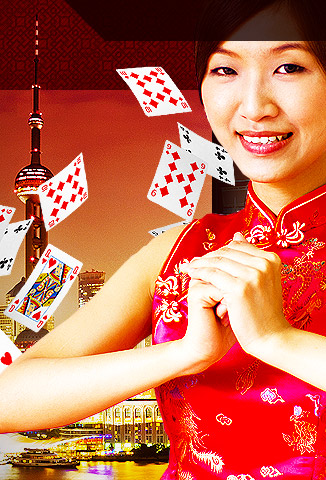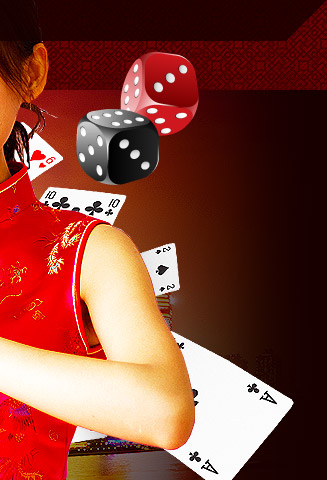Boc Hop Bu
Boc Hop Bu (originally known as "Pak Kop Piu" or "white pigeon tickets") is an old Chinese gambling game said to be the predecessor of the popular casino game Keno or today's lottery.
Pak Kop Piu was usually played using sheets printed with the first 80 characters of the Thousand Character Classic, from which the winning characters were drawn. The Thousand Character Classic is a Chinese poem used as a primer for teaching Chinese characters to children. It contains exactly one thousand unique characters.
Eventually, Chinese immigrants introduced Pak Kop Piu to the West when they sailed across the Pacific to help build the American trans-continental railroad in the 19th century. Pak Kop Piu was westernized into Boc Hop Bu or Puck-Apu.
A spurious legend has it that the invention of Pak Kop Piu helped raise funds to build the Great Wall of China. However, records show that this is impossible since the use of lotteries to fund a public works was only accepted after the late 19th century.
The Chinese lottery baige piao was documented after 1847 when the Portuguese Government of Macao decided to grant a license to lottery operators.
According to some reports, lottery results were sent to outlying villages and rural settlements by carrier pigeon, resulting in its Chinese name baige piao or "white pigeon tickets", pronounced Pak Kop Piu in Cantonese.
域名 DuboZhe.com 正在出售中,如果您对该域名感兴趣,请点击这里提供您的报价。
The domain name DuboZhe.com maybe for sale. Please click here if you would like to make an offer.



